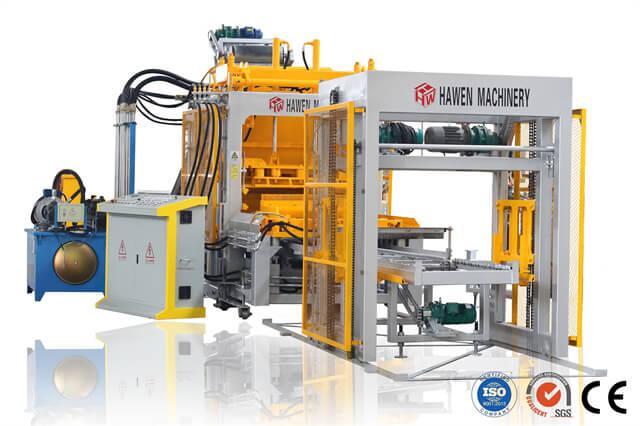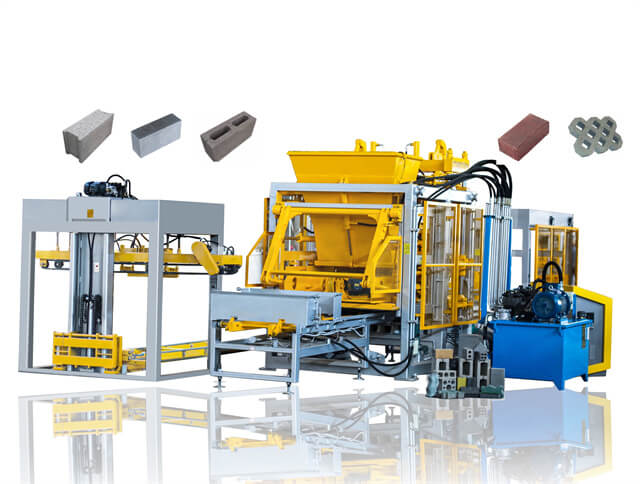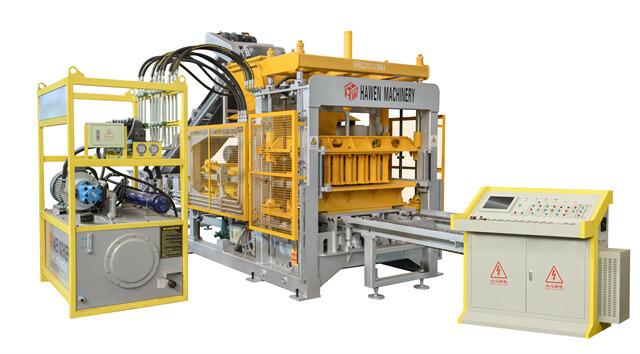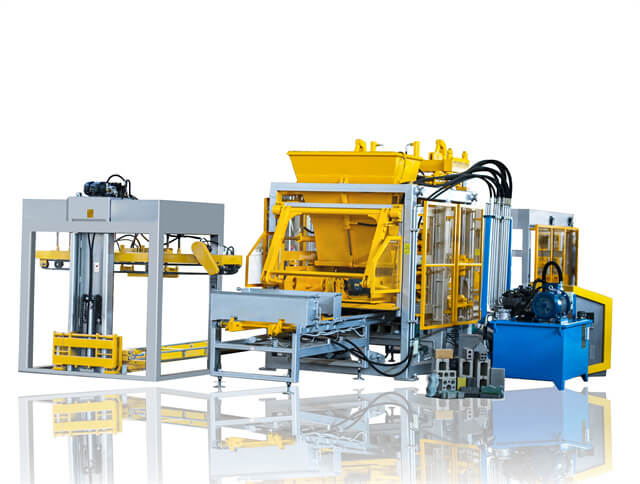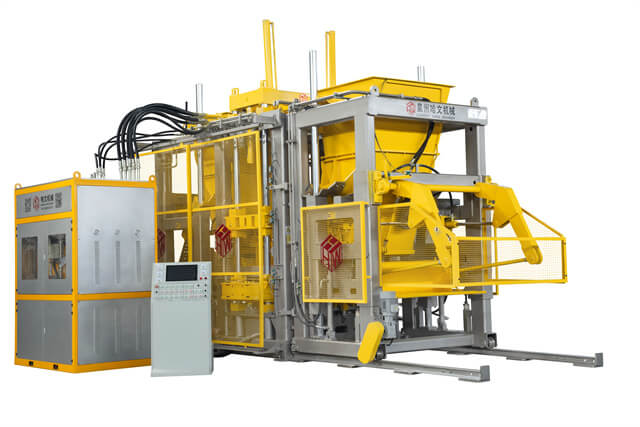Author:HAWEN Block MachineFROM:Brick Production Machine Manufacturer TIME:2024-05-22
Understanding the Structure and Functions of Cement Block Machines
Cement block machines play a crucial role in the construction industry by manufacturing high-quality cement blocks. These machines offer a faster and more efficient way to produce blocks compared to traditional methods. To fully understand their capabilities, it is important to examine their structure and functions in detail. This article will provide comprehensive insights into the working mechanism and features of cement block machines.
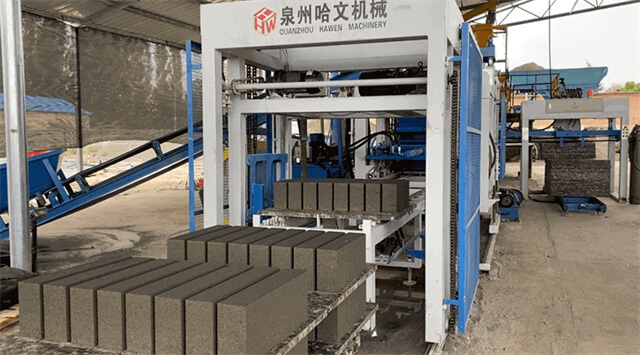
The basic structure of a cement block machine consists of several components that work together to produce blocks. These include the mainframe, mold box, hopper, hydraulic system, and control panel. The mainframe provides support and stability to the machine, while the mold box holds the mixture to shape the blocks. The hopper stores the raw materials, and the hydraulic system generates the necessary pressure for block formation. The control panel allows operators to monitor and control the machine's functions.
The block production process involves several steps. First, the raw materials, typically cement, sand, and water, are mixed in a precise ratio in the hopper. The mixture is then fed into the mold box, which is positioned under the hydraulic system. The hydraulic system applies pressure to compress the mixture within the mold, ensuring its proper consolidation. After a specific duration, the blocks are released from the mold and set aside for curing. The entire process is automated and can be adjusted to meet different block specifications.
Cement block machines are known for their high efficiency and productivity. Due to their automated nature, they can produce a large number of blocks in a relatively short time. The hydraulic system enables quick and consistent block formation, ensuring uniformity in size and strength. Additionally, these machines have a high level of accuracy, minimizing wastage and improving overall efficiency.
One of the key advantages of cement block machines is their versatility and customization options. These machines can manufacture blocks of various sizes, shapes, and designs, depending on the specific requirements of the project. They can produce not only standard rectangular blocks but also interlocking or hollow blocks. This flexibility allows builders to create different architectural styles and structures.
Cement block machines are designed to deliver durable and high-quality blocks. The hydraulic pressure applied during the production process ensures proper compaction, resulting in blocks that have excellent strength and durability. Moreover, the precise control over the mixing ratio and curing process guarantees consistent quality throughout the production cycle. These robust and reliable blocks contribute to the longevity and stability of constructed buildings.
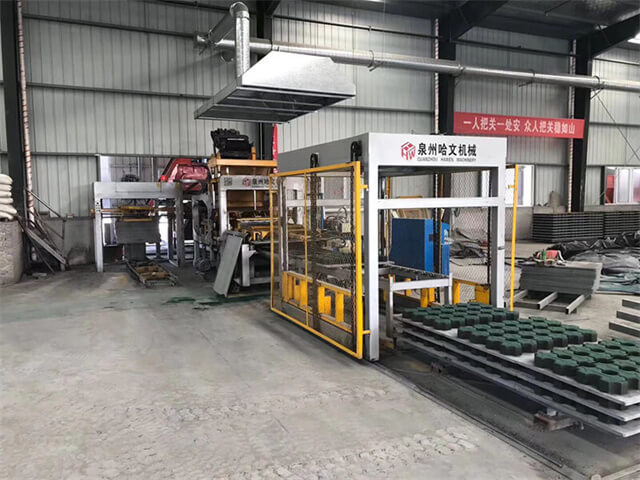
Using cement block machines can be a cost-effective choice for construction projects. The automated nature of these machines reduces the need for manual labor, saving both time and manpower costs. Additionally, the ability to customize block sizes and shapes can minimize material waste. Moreover, the durability of the blocks produced by these machines leads to reduced maintenance and repair costs over time.
To ensure optimal performance and longevity of cement block machines, regular maintenance is essential. This includes routine inspections, lubrication of moving parts, and timely replacement of worn components. It is also important to follow safety guidelines and provide proper training to the operators to prevent accidents and injuries in the workplace.
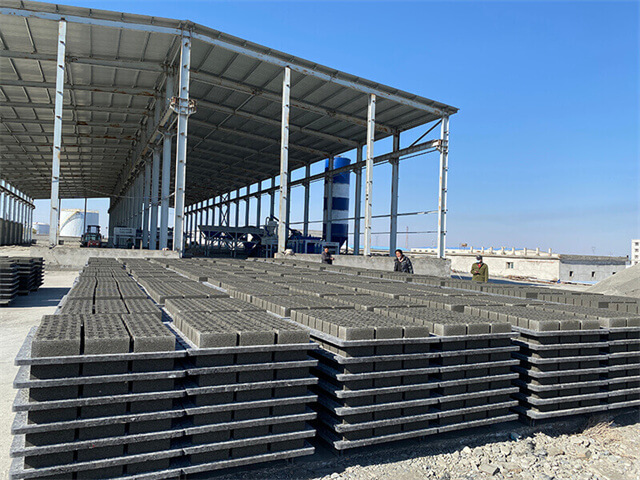
Cement block machines are an integral part of modern construction practices. Their structure and functions enable efficient and high-quality block production, offering numerous advantages for builders and contractors. From their basic structure to their versatility and cost-effectiveness, these machines contribute significantly to the construction industry. By understanding their working mechanism and features, professionals can make informed decisions on incorporating cement block machines into their projects, leading to enhanced efficiency and productivity.
